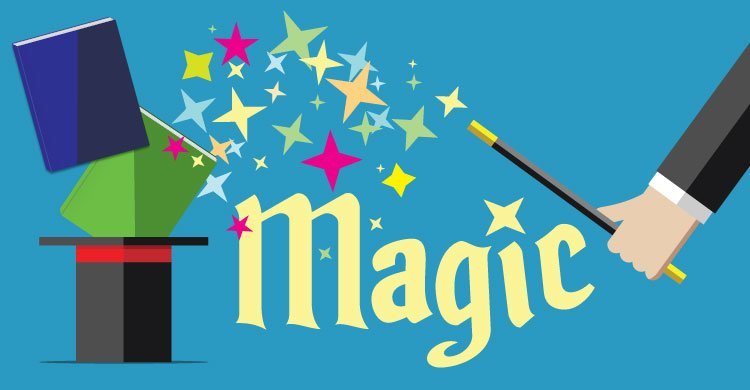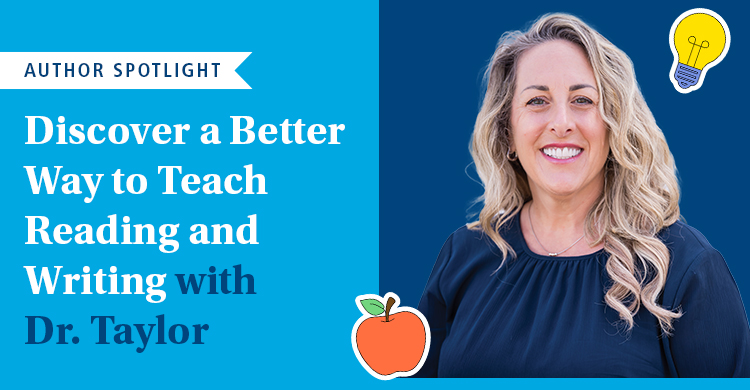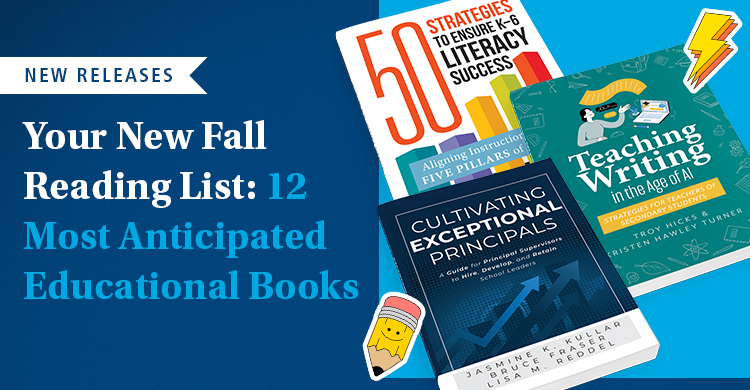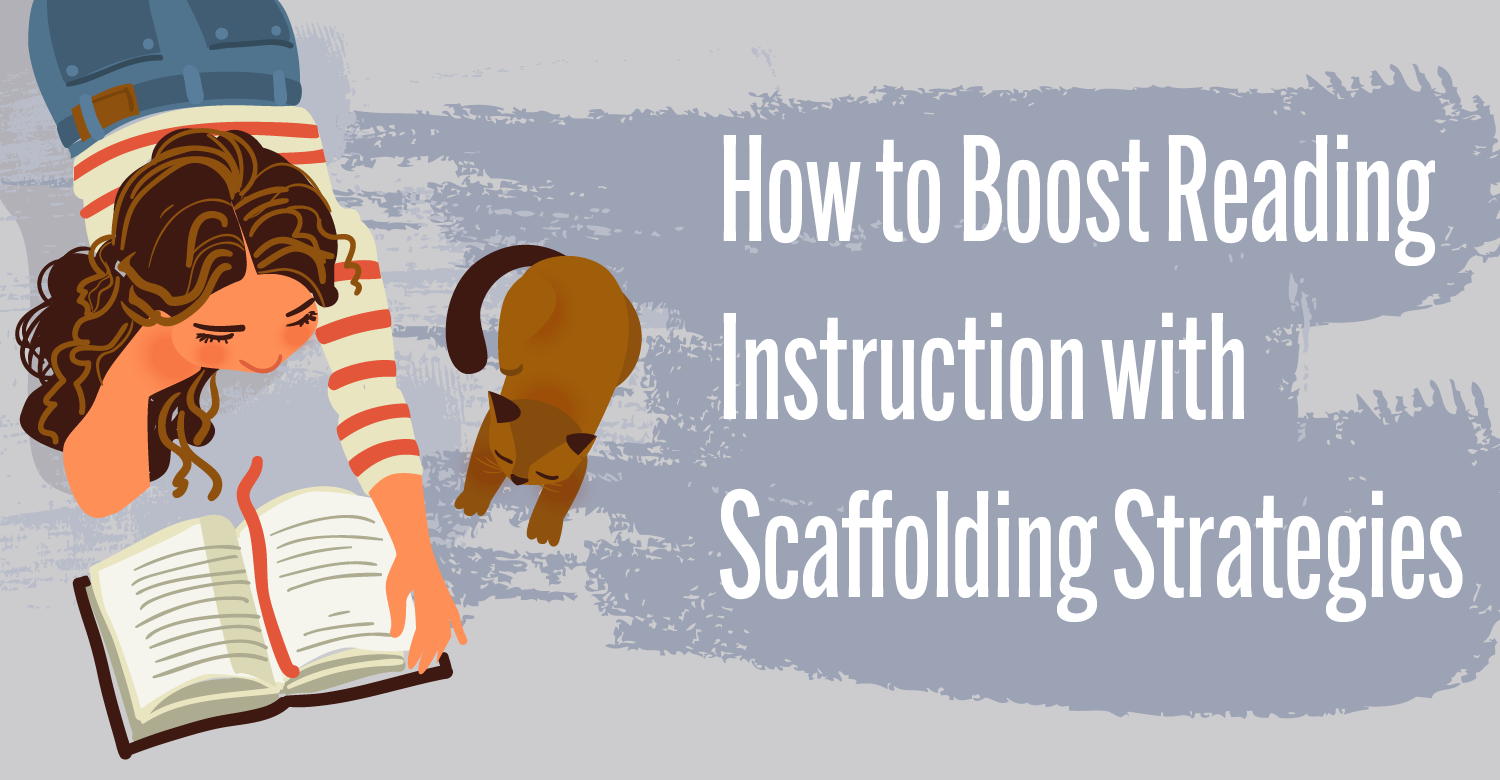Reading is to the mind what exercise is to the body. – Joseph Addison
Good Readers Read All Summer Long. To treasure reading for life, here are seven interactive strategies to invite, involve, and motivate students to read alone or with a friend this summer. These strategies are intended to build confidence for students so that they catch the reading bug and become readers for academic success, and, more importantly, so that they enjoy the gift of literacy throughout their lives.
1-Independent Reading – Kids who are self-directed, capable, and somewhat self-motivated tend to read selected material in both narrative or informational arenas on their own. They are models of the good reading strategies and, in fact, they can become advocates for reading and writing as they encourage others as mentors or coaches.
2-Student-Led Reading – One partner leads 2 buddies as they all read aloud together. At any time, the leader can appoint someone else to read a passage or a line or two by handing them a talking stick. The new leader then picks it up and continues reading along. This strategy provides the needed fluency-pacing, expression, and phraseology for a smooth reading flow and increased comprehension
3 -Buddy Reading – Partners decide how they will read the text. The only rule is that they must alternate reading by sentences, parts, paragraphs, or sections. Both are responsible for the Read/Listen/Think cycle. (Note: During the school day, Buddy Readers can be organized by the teacher for the week, the semester, the year, or they can be randomly organized daily, weekly, or monthly.)
4 -Choral Reading – Students in 2-3-4s group-read selected material as a chorus, following along and reading aloud in a synchronized way. They should model appropriate voice levels and change the lead reader each time.
5 -Echo Reading Reading – Echo reading is simply that. One partner reads a sentence, paragraph, or section and the other repeats the reading as a human echo. The shorter the pieces, the more support there is for the echoing reader. Sentence by sentence or paragraph by paragraph is best when working with struggling or second-chance readers.
6 -Bluetooth Reading – Based on a reading technique learned in a reading clinic setting, the technical name for the strategy is, “neurological impress.” In this configuration, the reader sits slightly behind, but right next to, the partner reader and the two read together, with the stronger reader taking the lead. In this way, the developing reader is hearing, seeing, and saying the words.
7-Reader’s Theater – This is a strategy that lends itself to scripts with actual roles for partner reading, yet it can also be used quite effectively with normal non-fiction reading, narratives, and even with electronic versions of text and images. The strategy calls for reading and listening skills as the students read at appropriately signaled times. That signal can be to change readers by scripted roles, paragraphs, or pages, etc.
Ideas from The Right to Be Literate by Pete and Fogarty (Solution Tree Press 2015)
[author_bio id=”341″]
[author_bio id=”53″]






